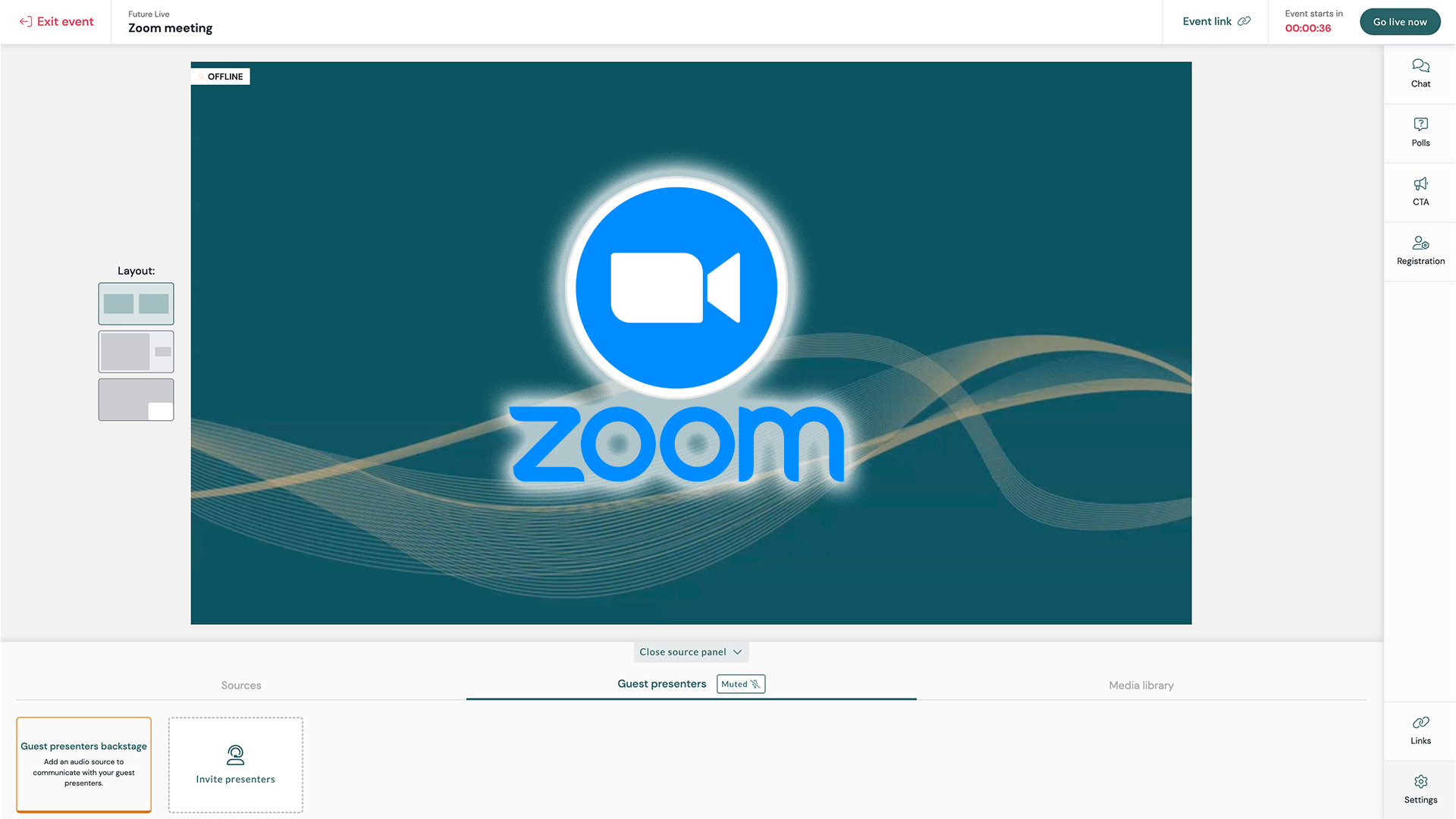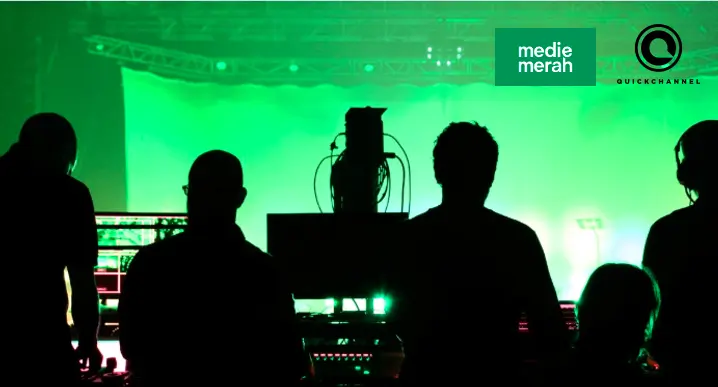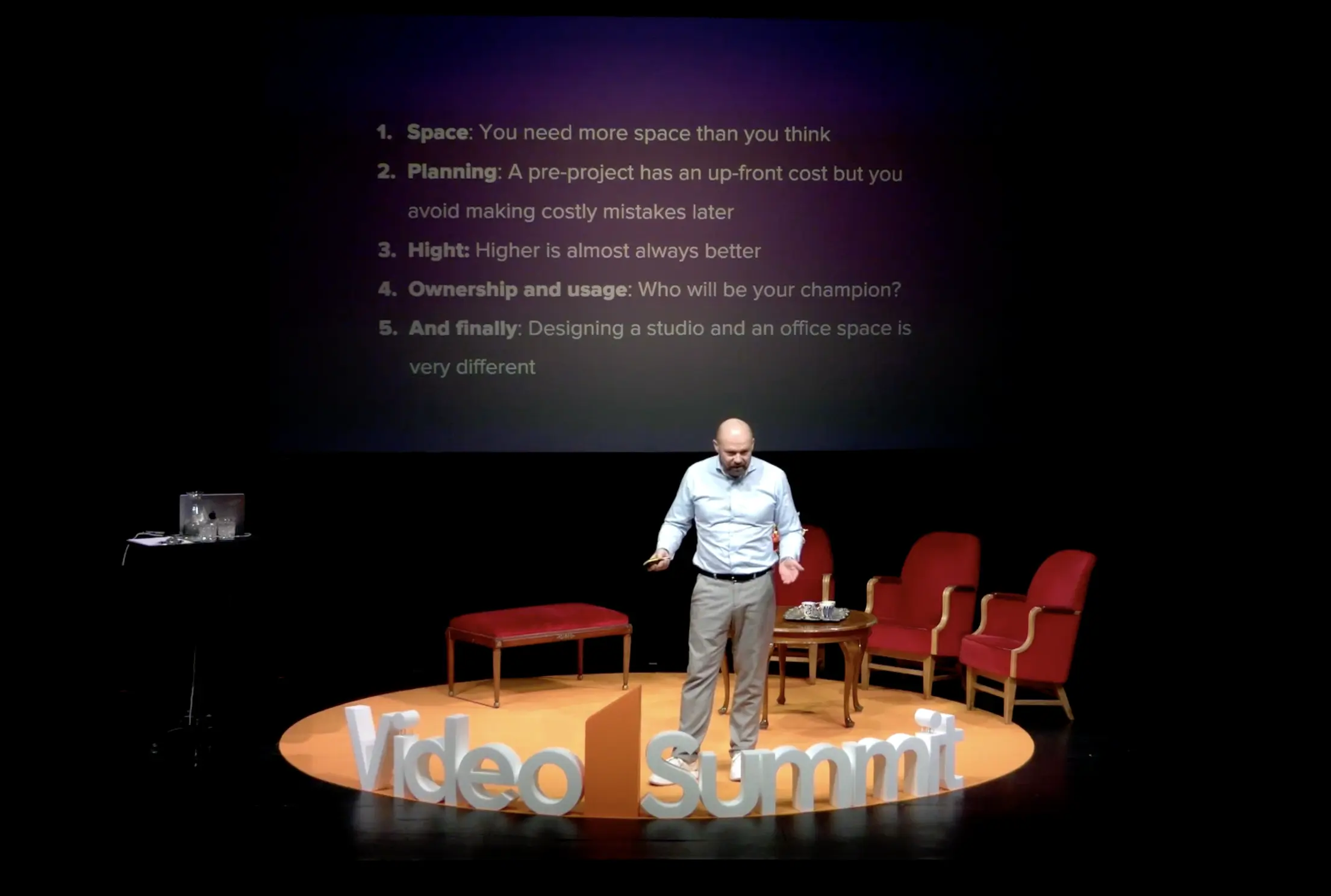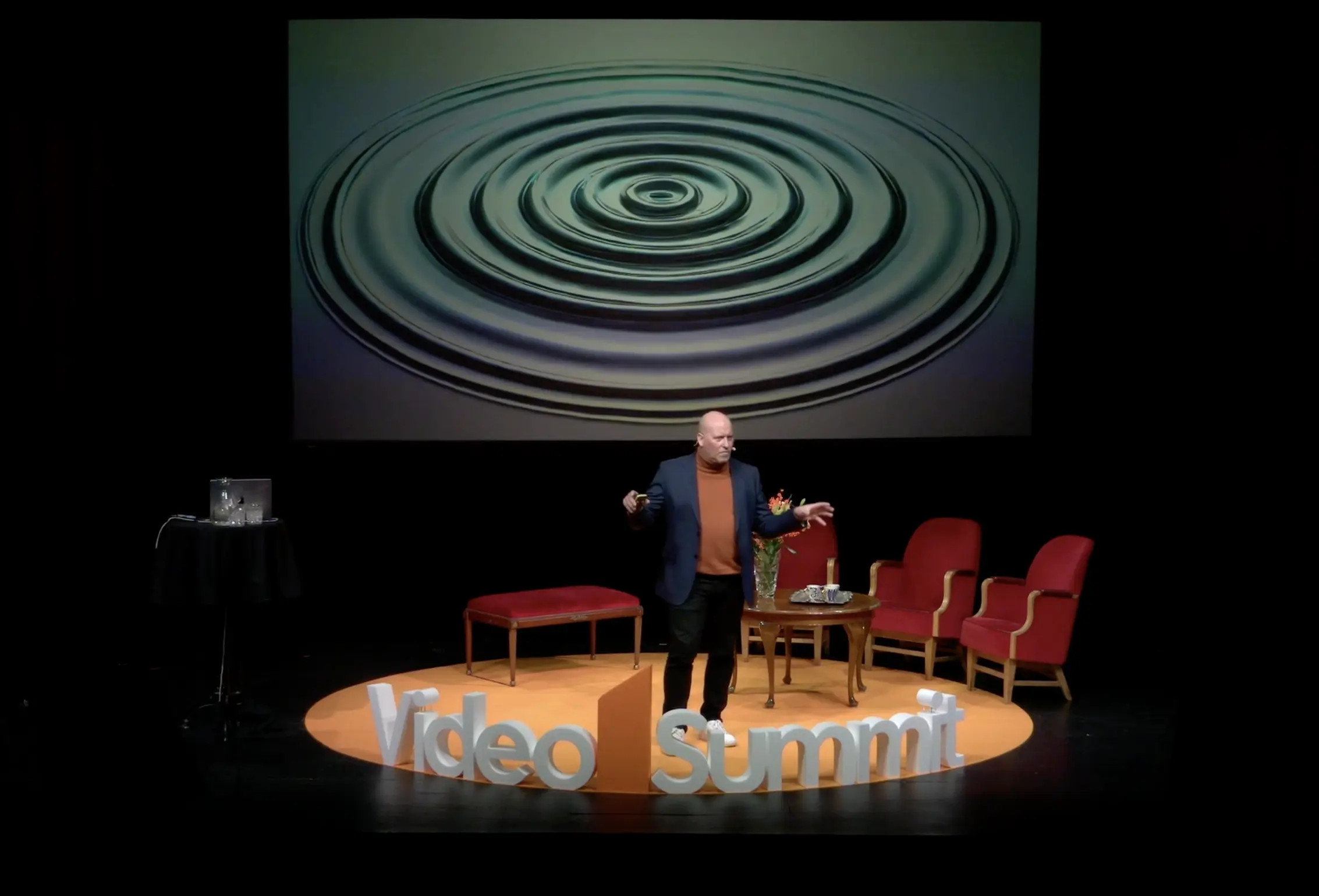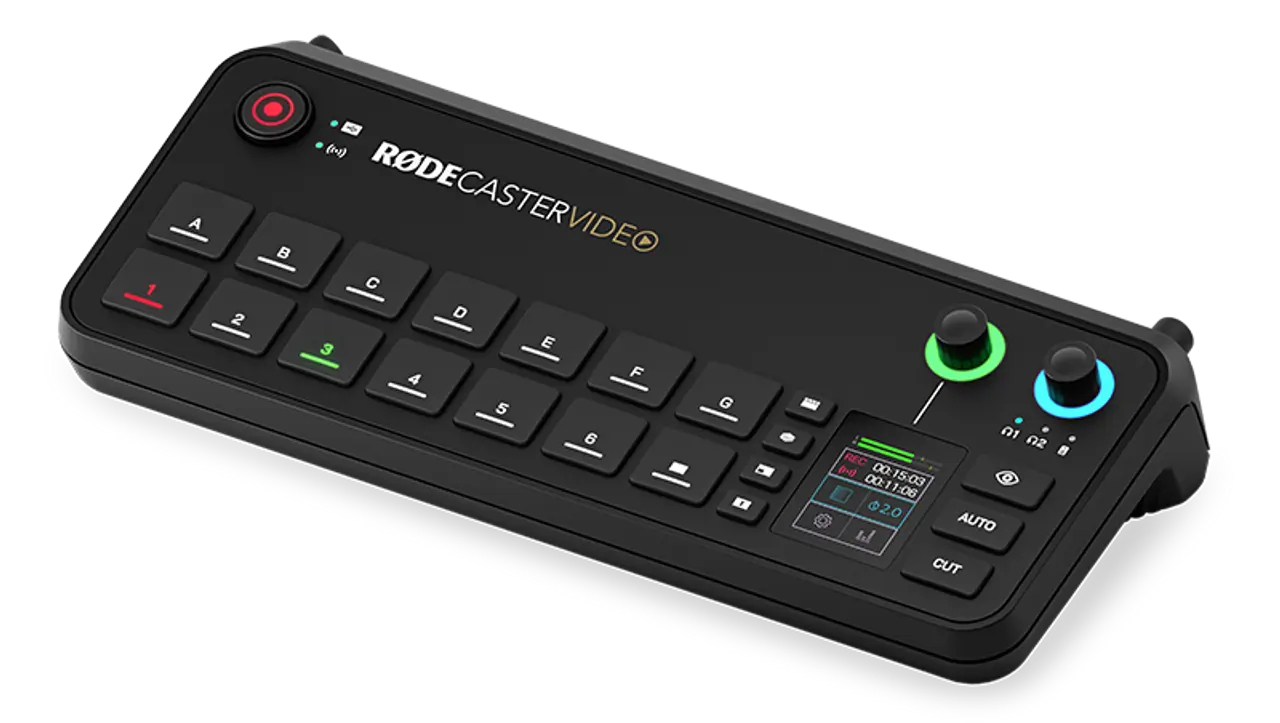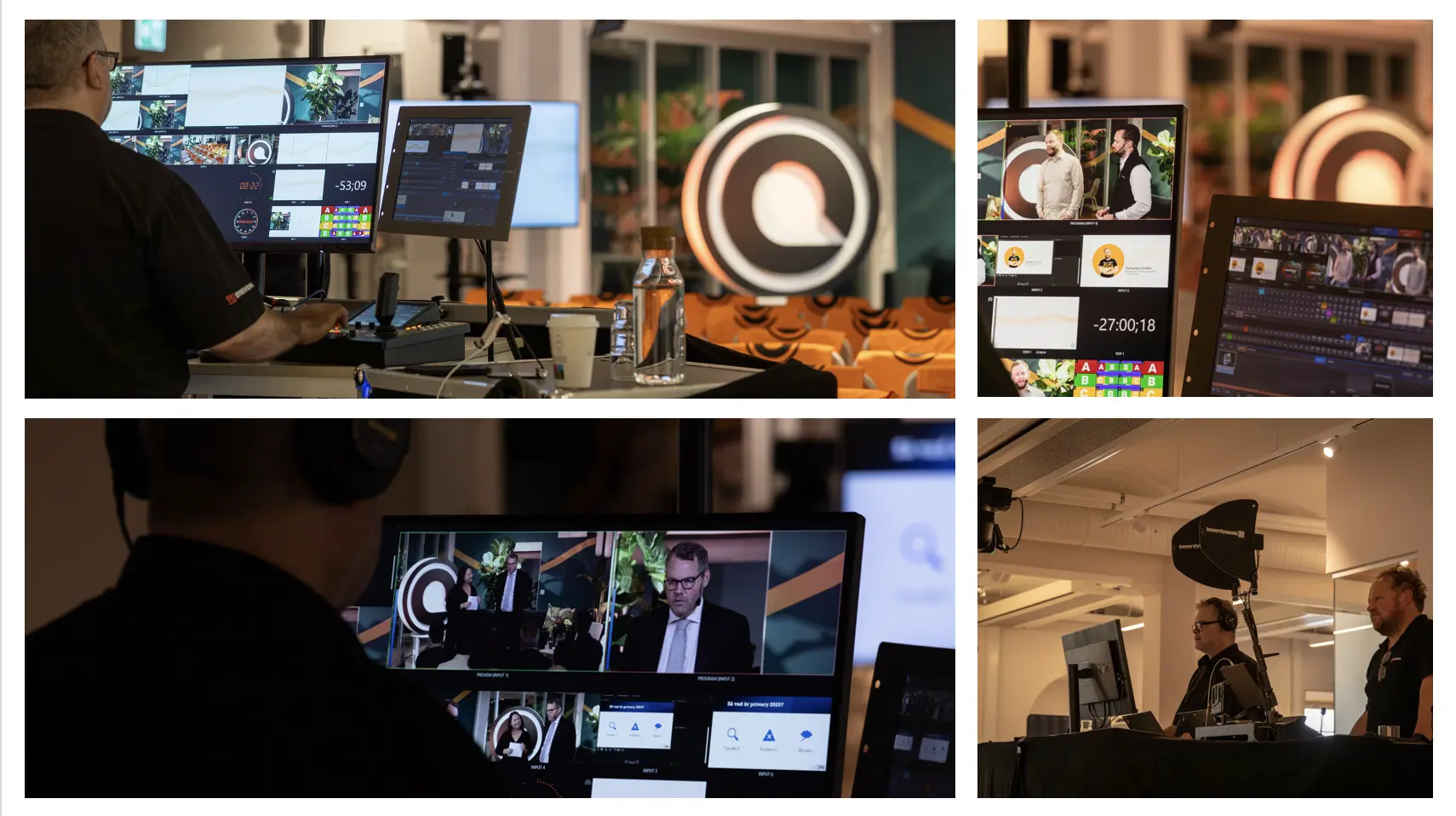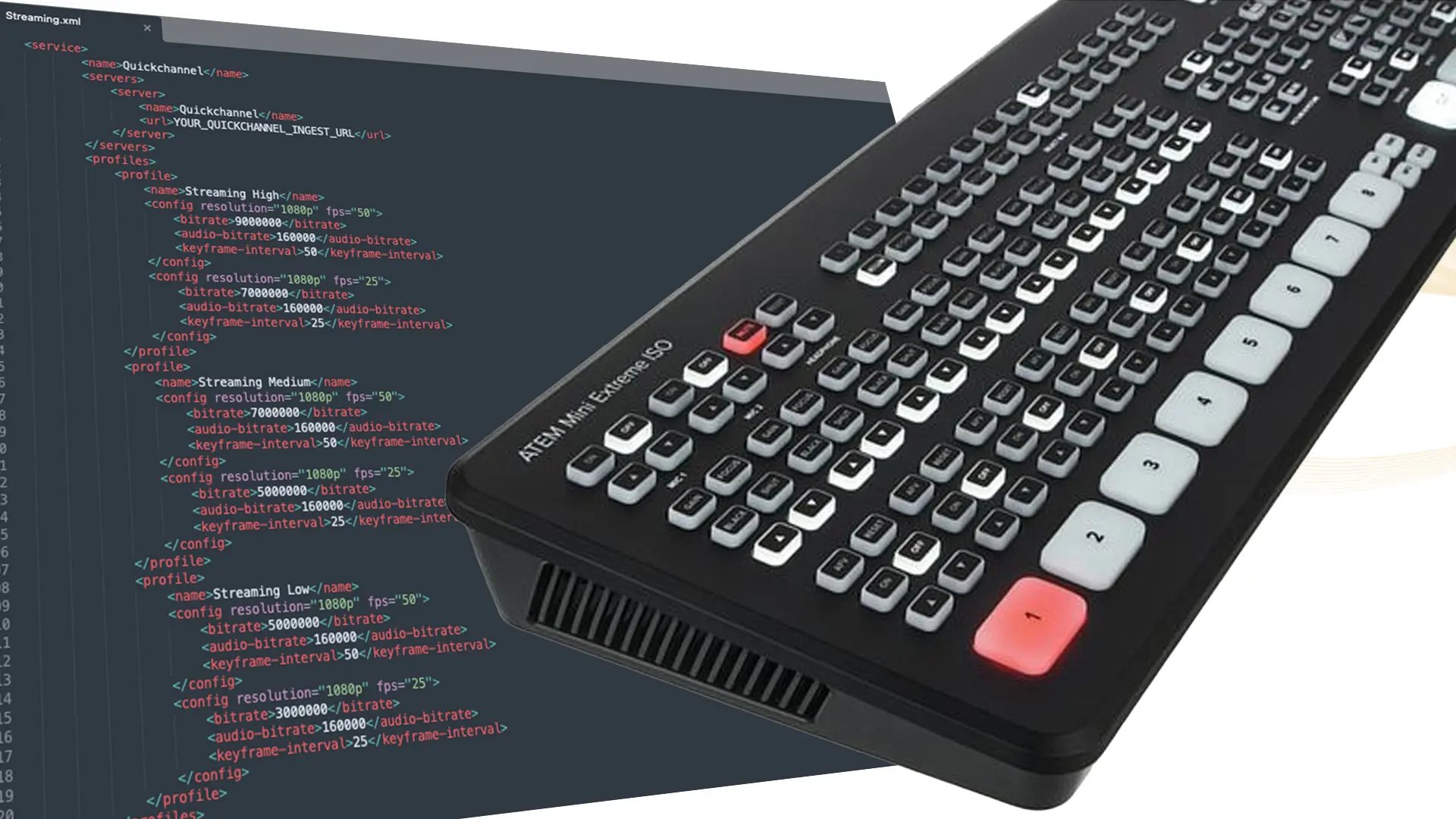Have you ever noticed a slight delay between the audio and video during your live streams? This is a common issue, especially when you use separate devices for audio and video.
Don’t worry—this is perfectly normal. The delay often occurs due to various factors like the type of cable or connection used, the quality of the cables, and even CPU usage if you’re using a computer for streaming. If your computer is old, has limited RAM, or is overloaded with tasks, CPU usage could be the main culprit. However, if the issue isn’t CPU-related, I’ll guide you through some simple adjustments you can make to fix the audio or video delay.
Understanding Latency
When using USB microphones or cameras, higher latency is common. This is because the device has to convert an analog signal to digital, and depending on the quality of these devices, the process can take varying amounts of time. HDMI cables also introduce some latency, as does the quality of the cables used.
To correct this latency, we need to add a delay, usually measured in milliseconds. You can do this in your streaming software (such as OBS, Wirecast, Blackmagic ATEM, Epiphan Pearl) or through your audio mixer if it allows you to add delay to both analog and digital outputs.
Adjusting Latency in OBS
If you’re using OBS, you can adjust the latency in the audio settings. Look for the audio section, and click on the gear icon next to the audio source. Once inside the audio options, you can add milliseconds of delay to each audio source.
A helpful trick is to record yourself clapping to see if the audio and video are in sync. While there’s no one-size-fits-all setting, as latency can vary depending on many factors, USB devices can often introduce up to 200ms of delay. Start with this value and adjust it until you find the setting that best matches your setup.
Testing Latency with Quickchannel
At Quickchannel, we’ve created a sample video to help you test latency. Play the video in full screen, point your camera at the screen, turn up the volume on the computer playing the video, and place your microphone near the speakers. Record a minute of this setup using your streaming software or Quickchannel and then review the result. Adjust the audio latency until the synchronization is perfect.
Alternative Solution: Direct Audio Input to Camera
Another effective solution is to connect your microphone directly to your camera if it has an analog audio input. This way, the audio and video will be synchronized when they reach your streaming device.
By following these tips, you should be able to eliminate or significantly reduce the audio-video sync issues in your live streams, ensuring a more professional and seamless viewing experience for your audience.


